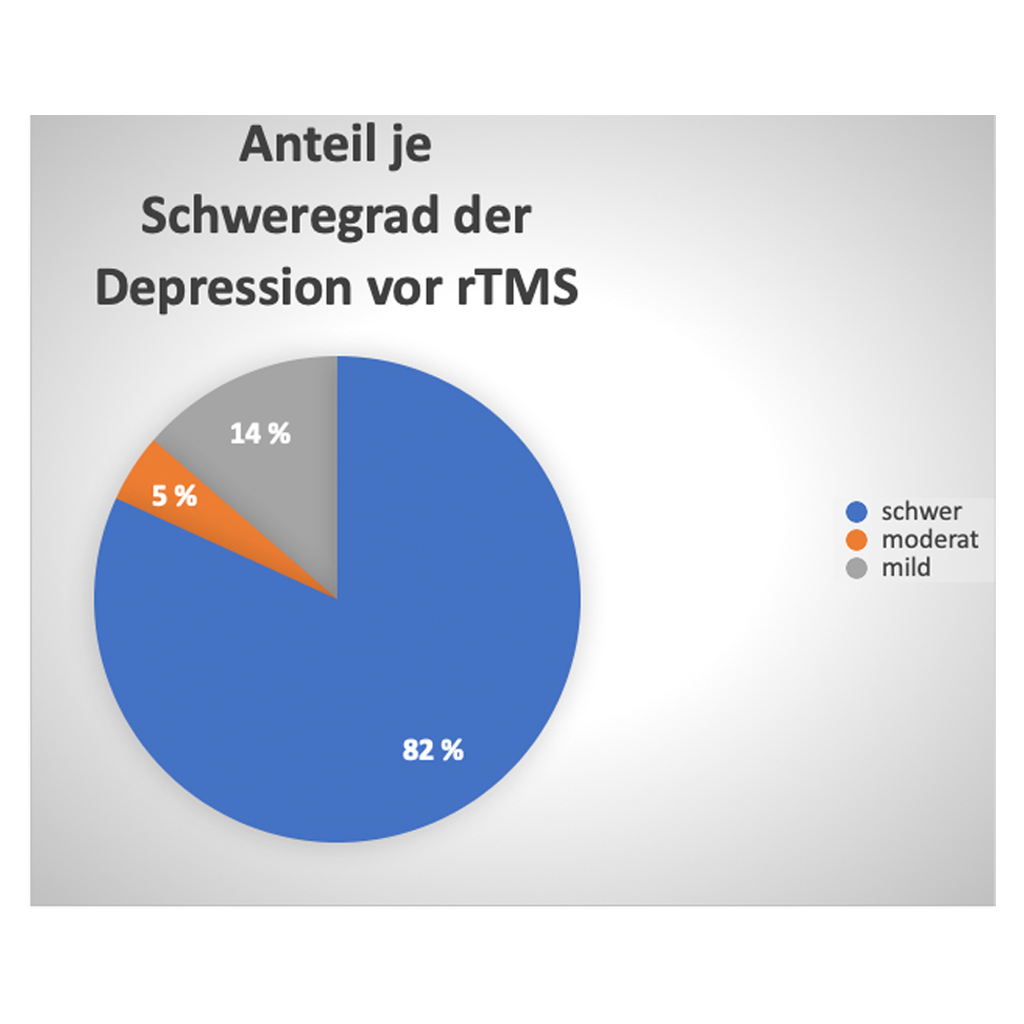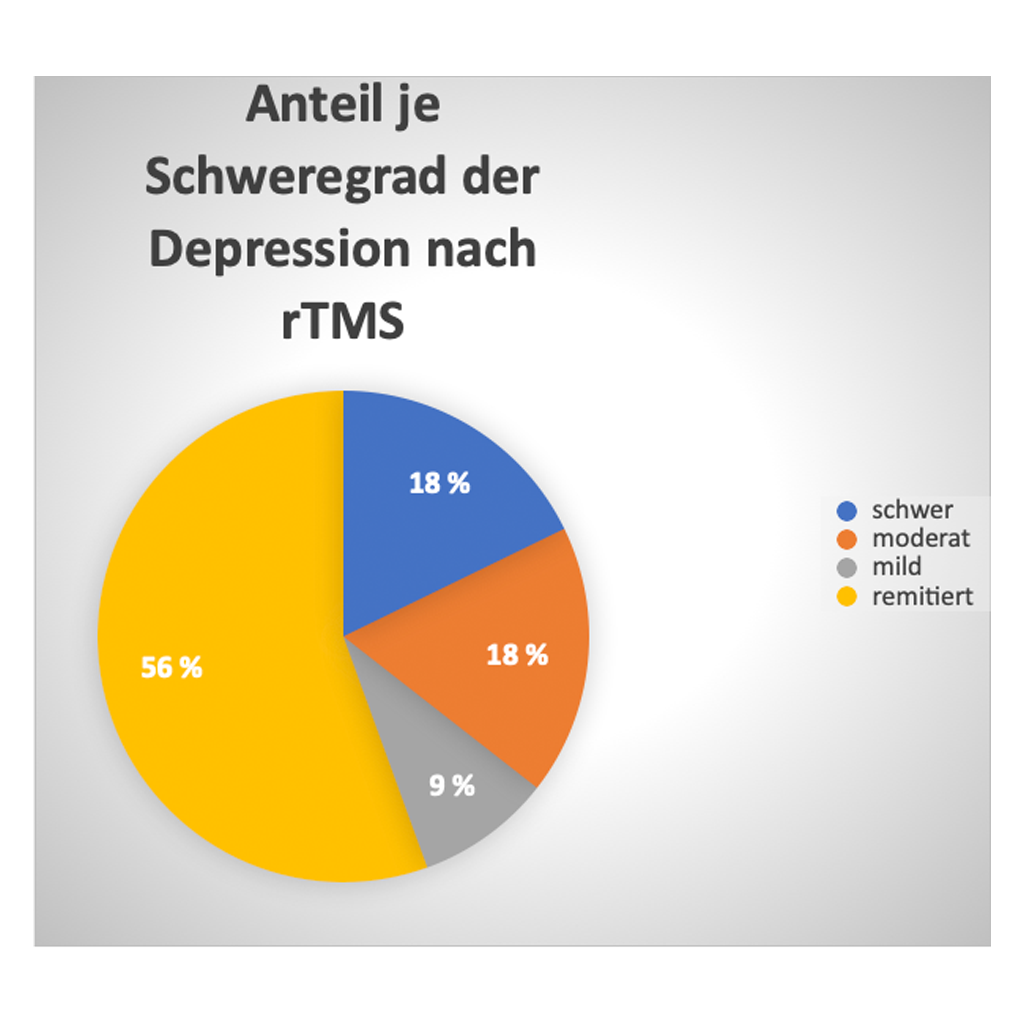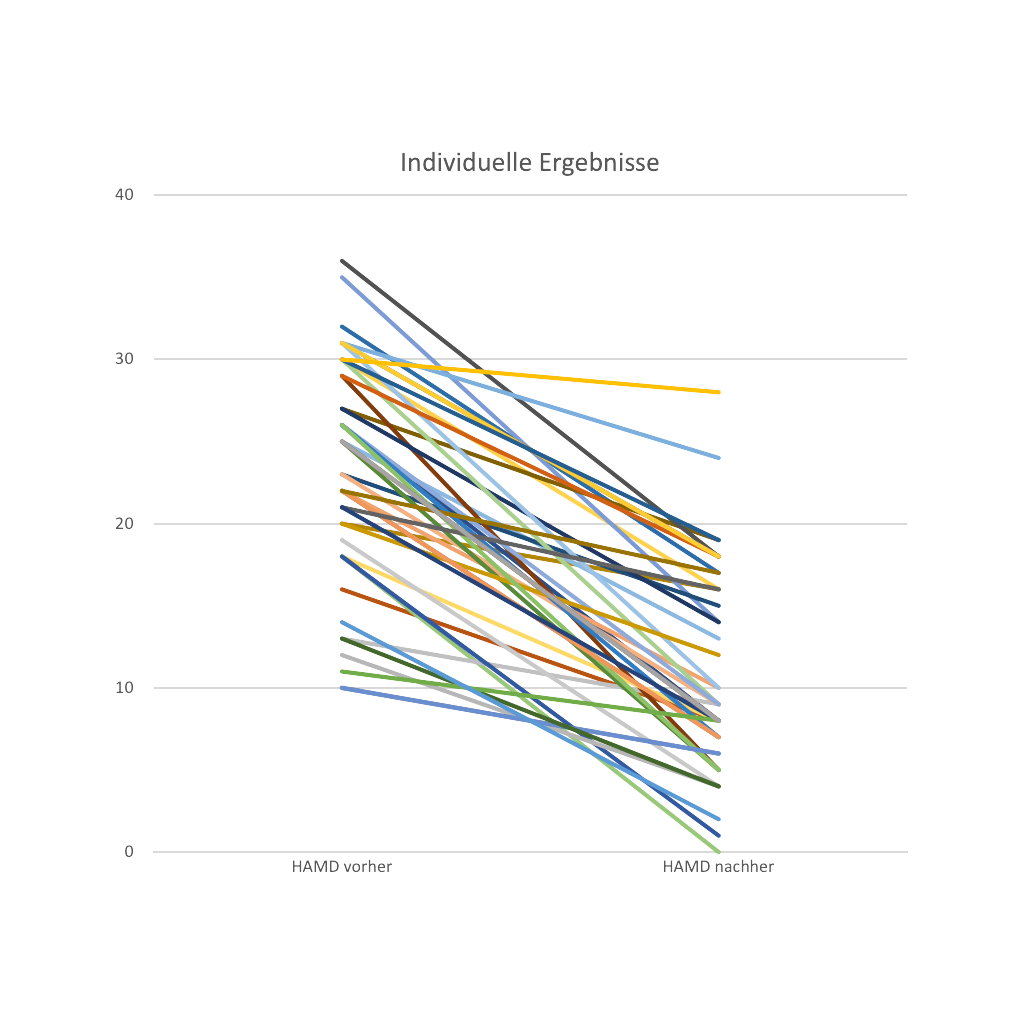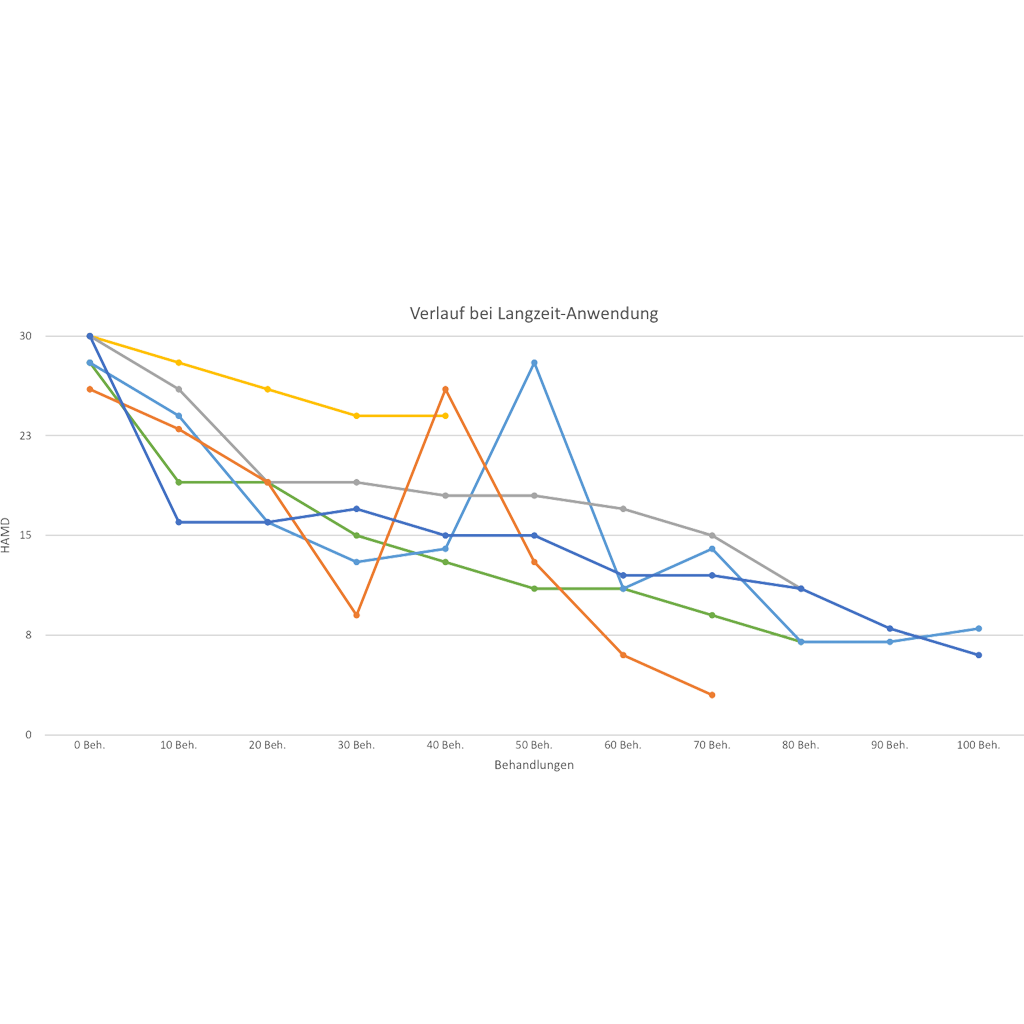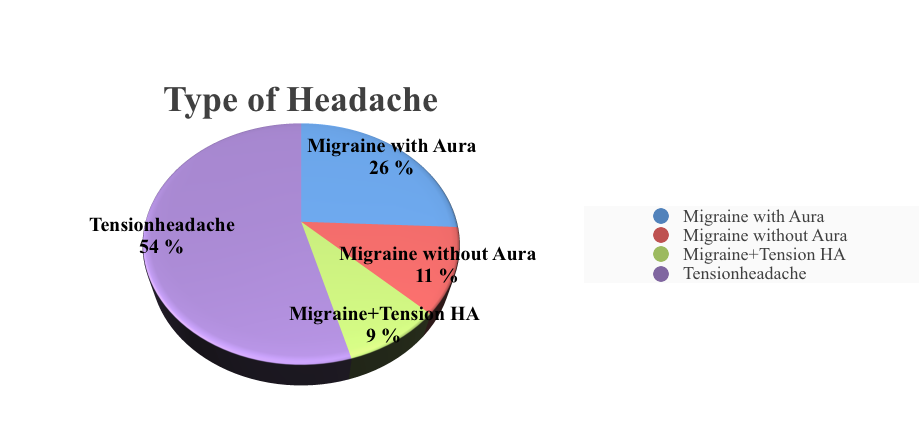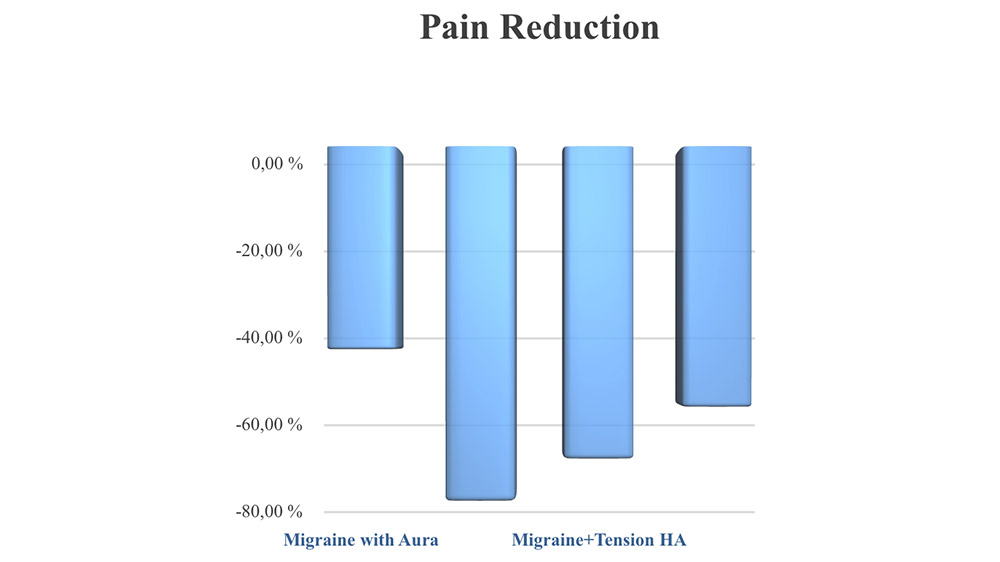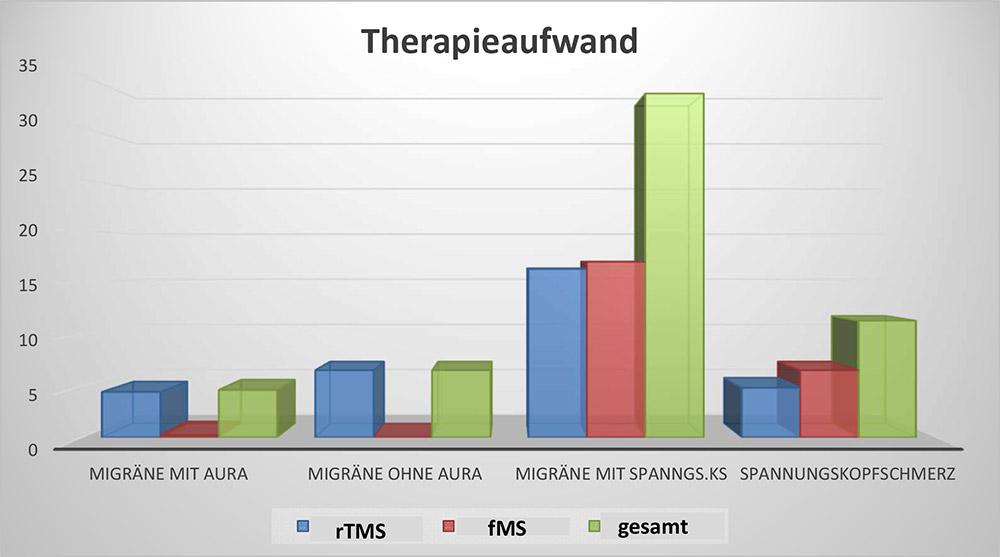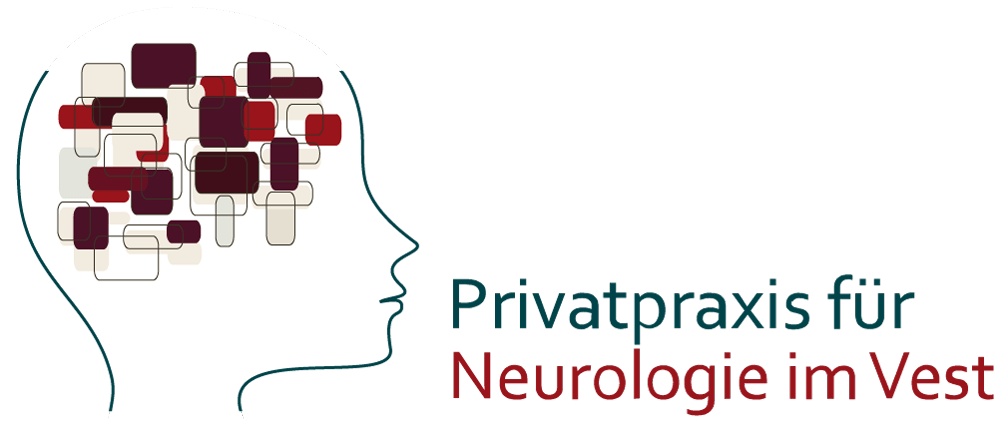Objective: Repetitive transcranial magnetic stimulation (rTMS) is a safe treatment method with few side effects. However, efficacy for various psychiatric disorders is currently not clear. Data sources: A literature search was performed from 1966 through October 2008 using PubMed, Ovid Medline, Embase Psychiatry, Cochrane Central Register of Controlled Trials, Cochrane Database of Systematic Reviews, Database of Abstracts of Reviews of Effects, and PsycINFO. The following search terms were used:transcranial magnetic stimulation, TMS, repetitive TMS, psychiatry, mental disorder, psychiatric disorder, anxiety disorder, attention-deficit hyperactivity disorder, bipolar disorder, catatonia, mania, depression, obsessive-compulsive disorder, psychosis, posttraumatic stress disorder, schizophrenia, Tourette’ s syndrome, bulimia nervosa, and addiction. Study selection: Data were obtained from randomized, sham-controlled studies of rTMS treatment for depression (34 studies), auditory verbal hallucinations (A VH, 7 studies), negative symptoms in schizophrenia (7 studies), and obsessive-compulsive disorder (OCD, 3 studies). Studies of rTMS versus electroconvulsive treatment (ECT, 6 studies) for depression were meta-analyzed. Data extraction: Standardized mean effect sizes of rTMS versus sham were computed based on pretreatment-posttreatment comparisons. Data synthesis: The mean weighted effect size of rTMS versus sham for depression was 0.55 (P<.001). Monotherapy with rTMS was more effective than rTMS as adjunctive to antidepressant medication. ECT was superior to rTMS in the treatment of depression (mean weighted effect size−0.47, P =.004). In the treatment of AVH, rTMS was superior to sham treatment, with a mean weighted effect size of 0.54 (P<.001). The mean weighted effect size for rTMS versus sham in the treatment of negative symptoms in schizophrenia was 0.39 (P=.11) and for OCD, 0.15 (P=.52). Side effects were mild, yet more prevalent with high-frequency rTMS at frontal locations. Conclusions: It is time to provide rTMS as a clinical treatment method for depression, for auditory verbal hallucinations, and possibly for negative symptoms. W e do not recommend rTMS for the treatment of OCD. ??? The first modern transcranial magnetic stimulation (TMS) device was developed during the early 1980s by Barker et al. The device creates a strong pulse of electrical current which is sent through a coil and which induces a magnetic field pulse in a small area underlying the coil. When applied over the skull, this pulse has the capacity to depolarize local neurons up to a depth of 2 cm. TMS can be used as a brain-mapping tool, as a tool to measure cortical excitability, as a probe of neuronal networks, and as a modulator of brain function. When repetitive TMS (rTMS) pulses are applied, a longer lasting effect can be induced which is thought to result from a long-term potentiation or depression at the neuronal level. High frequent rTMS can induce an epileptic seizure, which is a dangerous side effect. However, since the introduction of specific safety guidelines, rTMS is considered a safe treatment method. Its side effects are generally mild. They include headache, local discomfort as a consequence of direct stimulation of the facial musculature, and transient changes in the auditory threshold. To prevent this latter side effect, the use of earplugs is recommended. Initially, rTMS was investigated chiefly as a tool for the treatment of depression. A few years later, it was explored by Hoffman and colleagues for the treatment of auditory verbal hallucinations (AVH). Further research with rTMS has involved the experimental treatment of mood disorders, negative symptoms of schizophrenia, obsessive-compulsive disorder (OCD), Tourette’s syndrome, posttraumatic stress disorder, panic disorder, Alzheimer’s disease, bulimia nervosa, conversion, catatonia, and various forms of substance addiction. Twenty-three years after its introduction, the number of publications reporting on the effects of rTMS treatment in psychiatric disorders has increased dramatically (263 published studies between 2000 and June 2008, as compared to 26 between 1990 and 2000). This 10-fold increase in the number of publications was accompanied by an even larger increase in sample size, which developed from single cases to samples of over 100 patients in recent publications. Furthermore, the US Food and Drug Administration approved rTMS for the treatment of depression in October 2008. Due to its mild side effects and its relatively low costs, rTMS tends to be considered an attractive therapeutic tool. The TMS equipment can be obtained at the price of approximately €25,000, and the stimulation technique is relatively easy to acquire. However, mental health professionals may hesitate to embrace rTMS as a routine treatment method because its efficacy is as yet uncertain. A number of meta-analyses quantified the effects of rTMS for depressive disorder, but even these results are ambiguous. As the effect sizes of these studies differed substantially, no general conclusions can be drawn. More details are presented in the Discussion. The effects of rTMS treatment in AVH has been meta-analyzed once before, indicating a moderate mean effect size. No meta-analyses have been published on the effects of rTMS for other psychiatric disorders or symptom clusters. According to Loughlin et al and Kozel et al, the mean costs of an rTMS treatment for depression, consisting of 15 treatment sessions, are £1,444 and $1,422, respectively. The duration of the effect of rTMS is as yet unknown, but for an effect of 4 months, the mean costs of antidepressant agents for the same period lie around $110. The question remains whether patients benefiting from medication are comparable with patients having rTMS treatment. In our opinion, the data currently available do not allow for any firm conclusions about the costs of rTMS versus medication. This review aims to assess the value of rTMS as a therapeutic tool for psychiatric disorders and for individual psychiatric symptoms.
Christina W. Slotema, MD; Jan Dirk Blom, MD, PhD; Hans W. Hoek, MD, PhD; and Iris E. C. Sommer, MD, PhD
J Clin Psychiatry © Copyright 2010 Physicians Postgraduate Press, Inc.
Submitted: November 13, 2008; accepted February 2, 2009. Online ahead of print: March 9, 2010 (doi:10.4088/JCP .08m04872gre). Corresponding author: Christina W . Slotema, MD, Lijnbaan 4, 2512 V A
